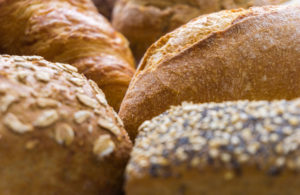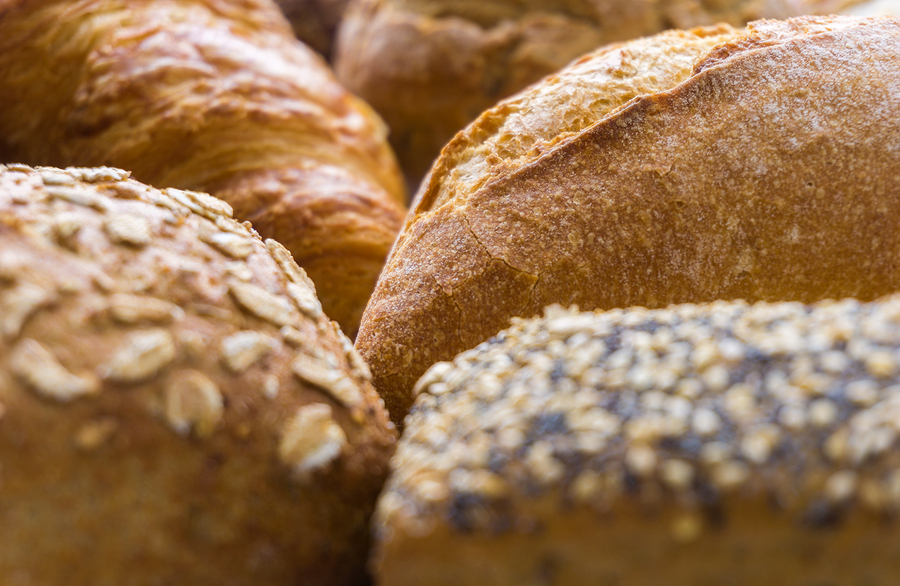
Food Industry Executive recently interviewed the Kaak Group’s Frank Brakenhoff about current consumer trends in the bakery industry and how equipment is changing to accommodate those trends. Here are his thoughts.
What are the big trends in bakery right now?
FB: We follow trends all over the world, and often what we see is trends starting in one continent or country and then spreading to others.
A good example is bread. Standard tin bread started to lose popularity in Europe first, particularly in the Netherlands and Germany. This is because people are more health-aware, so they wanted bread with more natural fermentation. Then, the same thing started to happen in other countries. The United States shifted away from tin bread toward freestanding loaves, then Australia and New Zealand. Asia will be next — they’re still in tin bread, but they will move.
Now, Europe is going back to tin bread, but with longer fermentation times and fewer ingredients. Bakeries are using pre-fermented dough, or liquid sponge, in their normal tin bread to prolong freshness and provide a healthier product.
How do bakery processes need to adapt for these types of doughs?
Many bakers are now using tank systems to ferment part of the flour with water to use as a basis in their dough-making. The dough is fragile, so it needs to be worked over the dough makeup line a little bit differently to avoid damaging it.
For natural bread, the final fermentation, proofing, and baking don’t change that much, but the cooling times after baking are longer. So, industrial bakers have to change their processes to compensate for a longer time before you can slice and pack the bread.
One piece of equipment that’s starting to be used more often for natural breads is thermal oil ovens. Compared to a traditional cyclothermic oven, thermal oil heating is softer but more intense. It radiates heat into the dough in a different way that allows you to reduce the baking time while preserving the quality.
Cyclothermic heating radiates heat from the outside in, while thermal oil heating radiates from the inside out. As all bakers know, adding water is the best and cheapest way to improve bread, and thermal oil heating keeps more moisture in the final product, which prolongs freshness. Radiating heat from the inside out also allows for better control over the crust thickness, and, because thermal oil ovens have a central heat exchanger, their efficiency is higher. As a rule of thumb, a thermal oil oven saves more than 30% in gas consumption compared to a cyclothermic oven.
Thermal oil ovens are more expensive, but the ROI is fast thanks to lower gas consumption and higher product quality. Ten years ago, most industrial bakers were using cyclothermic ovens, now we’re seeing the majority shift over to thermal oil.
What bakery trends do you think will arise in the next 10 years?
I think we’ll see a continued trend toward more natural bread. Twenty years ago, the trend was to process faster and faster. Now, it’s reversing so that bakers are doing it more like their fathers and grandfathers were 40 or 50 years ago.
In Europe, flours aren’t allowed to contain certain additives that could represent issues for designations of natural or organic on the labels. In the future, these won’t be allowed anywhere. Customers will not ask anymore but demand that product is natural again. That means industrial baking processes will have to change.
What about equipment? How will that change?
We’ll see a continuation of changes that are already happening. Equipment today is a different ballgame from what it was in the past. All systems are much more hygienic and easier to clean. For example, we now have wet cleanable machines for breadmaking — in the past, wet cleaning was normal in confectionery, but not breadmaking.
Equipment is also getting much easier to operate. In Europe, as in the United States, industrial bakeries are struggling to get people. The number of qualified bakers coming into the market is declining. So, equipment is being more automated. For example, we used to have people standing along a line making sure each piece of dough is correct. Now, a video camera can do this, and there’s an automatic system that sounds an alarm if manual interference is needed.
Automation also makes the plant environment safer for employees. Our perspective is that the line should run by itself. The operator is there to do nothing. If the operator is running around, then something is wrong.
Finally, equipment will continue to become much more efficient because industrial bakers need high throughput. With cheaper equipment, you can have small problems every day that necessitate stopping the line. Our equipment can run 24/7, and if we say it can run 6,000 units an hour, we mean it.

